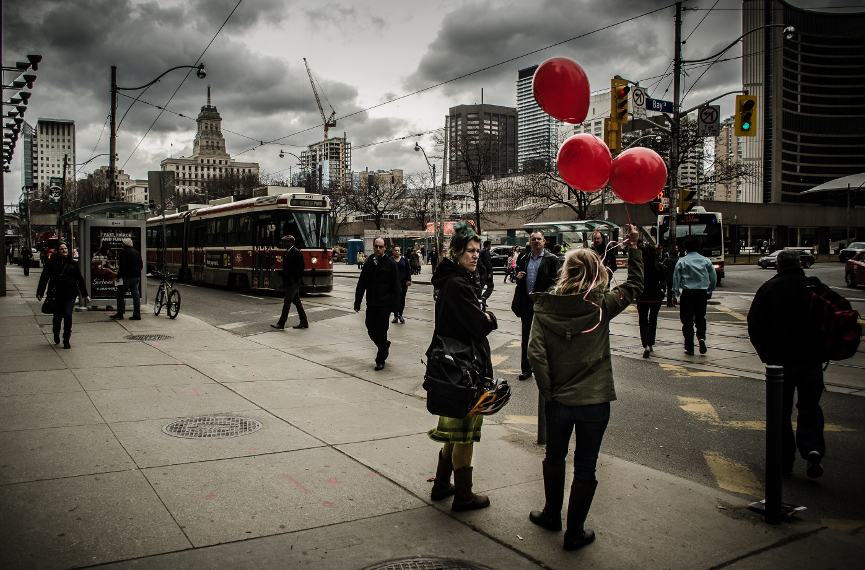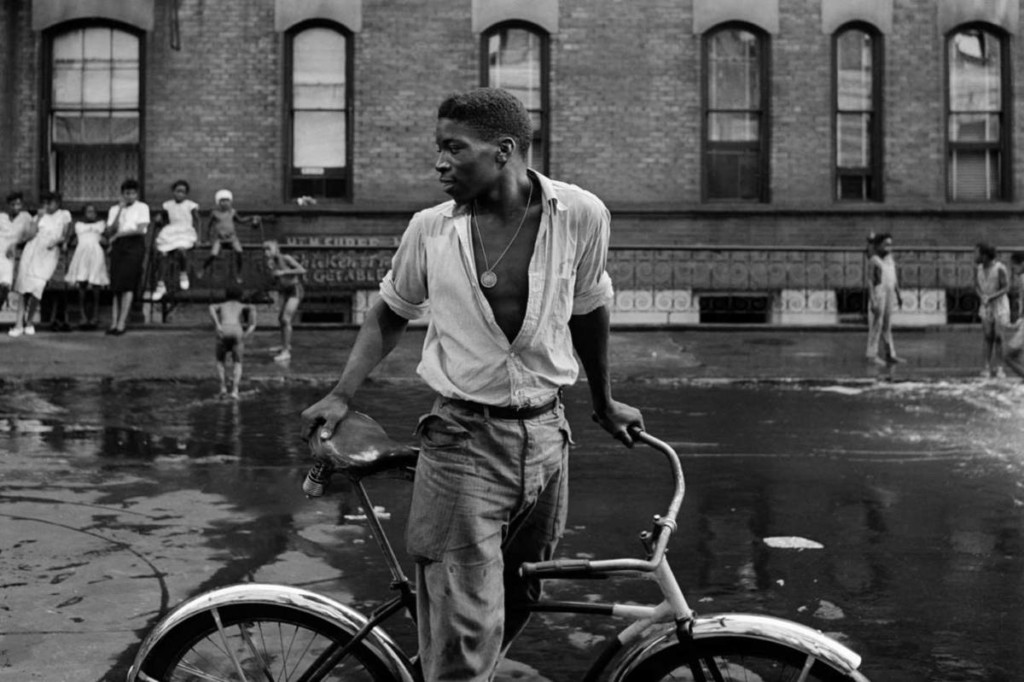The Only Guide for Framing Streets
Not known Facts About Framing Streets
Table of ContentsIndicators on Framing Streets You Should KnowThe Definitive Guide to Framing StreetsNot known Incorrect Statements About Framing Streets Everything about Framing StreetsFraming Streets for DummiesSome Known Details About Framing Streets
Digital photography style "Crufts Dog Program 1968" by Tony Ray-Jones Road photography (likewise often called candid digital photography) is photography conducted for art or inquiry that includes unmediated opportunity experiences and random cases within public areas, usually with the aim of catching photos at a definitive or poignant moment by cautious framing and timing. 
The Basic Principles Of Framing Streets
Susan Sontag, 1977 Road digital photography can concentrate on individuals and their actions in public. In this regard, the road professional photographer is similar to social docudrama digital photographers or photojournalists that also function in public places, but with the purpose of catching newsworthy occasions. Any of these photographers' pictures might record people and property visible within or from public places, which usually involves browsing honest problems and legislations of personal privacy, safety, and residential or commercial property.
Depictions of everyday public life create a genre in almost every duration of world art, beginning in the pre-historic, Sumerian, Egyptian and early Buddhist art periods. Art taking care of the life of the street, whether within views of cityscapes, or as the leading theme, shows up in the West in the canon of the North Renaissance, Baroque, Rococo, of Romanticism, Realism, Impressionism and Post-Impressionism.
Top Guidelines Of Framing Streets
Louis Daguerre: "Boulevard du Temple" (1838 or 1839) In 1838 or 1839 the first photograph of numbers in the road was videotaped by Louis-Jacques-Mand Daguerre in among a pair of daguerreotype sights extracted from his workshop window of view it the Blvd du Holy place in Paris. The 2nd, made at the height of the day, shows an unpopulated stretch of street, while the various other was taken at concerning 8:00 am, and as Beaumont Newhall reports, "The Boulevard, so frequently full of a relocating crowd of pedestrians and carriages was flawlessly solitary, other than a person that was having his boots brushed.
His boots and legs were well defined, yet he is without body or head, due to the fact that these were in activity." Charles Ngre, waterseller Charles Ngre. https://profile.hatena.ne.jp/framingstreets1/ was the initial digital photographer to attain the technological class required to register individuals in activity on the street in Paris in 1851. Professional Photographer John Thomson, a Scotsman working with journalist and social lobbyist Adolphe Smith, released Road Life in London in twelve regular monthly installations starting in February 1877
3 Simple Techniques For Framing Streets
Eugene Atget is considered a progenitor, not because he was the very first of his kind, yet as a result of the popularisation in the late 1920s of his document of Parisian roads by Berenice Abbott, that was motivated to undertake a similar documentation of New York City. [] As the city created, Atget aided to advertise Parisian roads as a worthwhile topic for digital photography.

The Ultimate Guide To Framing Streets
Andre Kertesz.'s extensively admired Images la Sauvette (1952) (the English-language version was entitled The Crucial Moment) advertised the idea of taking a photo at what he called the "definitive minute"; "when kind and web content, vision and structure merged right into a transcendent whole" - copyright a9iii.
The smart Trick of Framing Streets That Nobody is Discussing
, then a teacher of young youngsters, associated with Evans in 193839.'s 1958 publication,, was significant; raw and often out of emphasis, Frank's photos questioned conventional digital photography of the time, "challenged all the official guidelines laid down by Henri Cartier-Bresson and Walker Evans" and "flew in the face of the wholesome pictorialism and heartfelt photojournalism of American magazines like LIFE and Time".